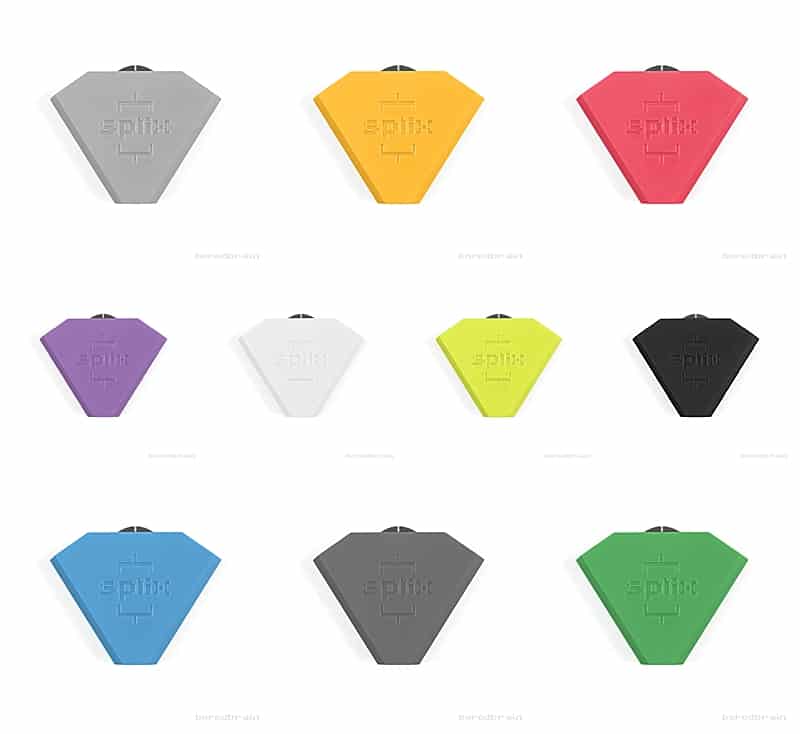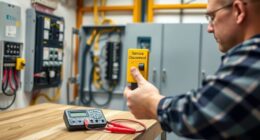Beads Texture synthesizer
Beads is a reinvention of Mutable Instruments’ Clouds. the long-time awaited Clouds 2 is here and the name of the eurorack module is Beads. The concept of Beads is the same, live granular processing of an incoming audio signal, and the labels on the panel remain familiar. The similarities of Beads compared to Clouds (1) ends here. The hardware and software have been redesigned from the ground up, with several goals in mind: a crisper and broader sound palette, more control, better playability, and direct access to exciting new features.

As many struggle to place an pre-order this one at Signals Sounds was just open again: MUTABLE INSTRUMENTS BEADS EURORACK GRANULAR SYNTHESIS MODULE (PRE-ORDER)











